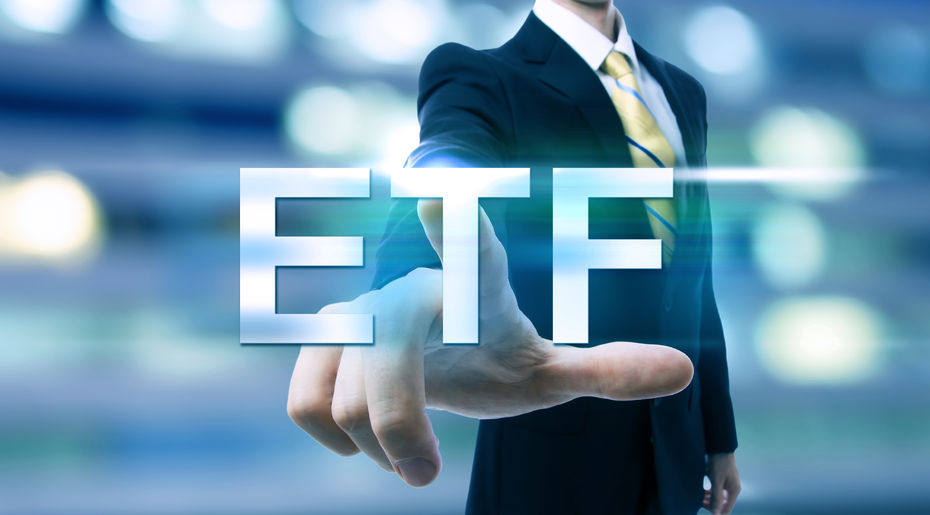
The Investment Industry Regulatory Organization of Canada (IIROC) issued additional guidance on Monday on how single-stock circuit breakers (SSCBs) are triggered in the case of leveraged exchange-traded funds (ETFs).
Specifically, the updated guidance adds new triggering criteria and market thresholds for SSCBs involving leveraged ETFs that are based on the extent of leverage used in the funds.
Under the new guidance, the trigger level for a leveraged ETF is calculated by multiplying the trigger levels for other securities by the leverage ratio of the ETF. For example, a leveraged ETF that uses a 2:1 leverage ratio would have its trigger levels set at twice the level of a non-leveraged ETF.
Leveraged ETFs use financial derivatives and debt to amplify the daily returns of an underlying index, IIROC explains in its notice.
“Leveraged ETFs aim at keeping a constant amount of leverage during the investment time frame such as a 2:1 or 3:1 ratio. If a Leveraged ETF has a 2:1 ratio, this means that each dollar of investor capital is matched with an additional dollar of invested debt, theoretically returning 2% where the index returns 1%. This could also work in the opposite direction with amplified losses,” the IIROC notice says.
Photo copyright: melpomen/123RF